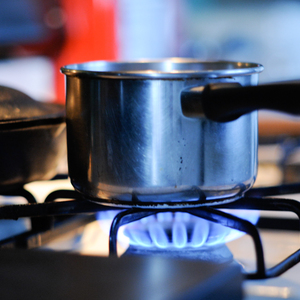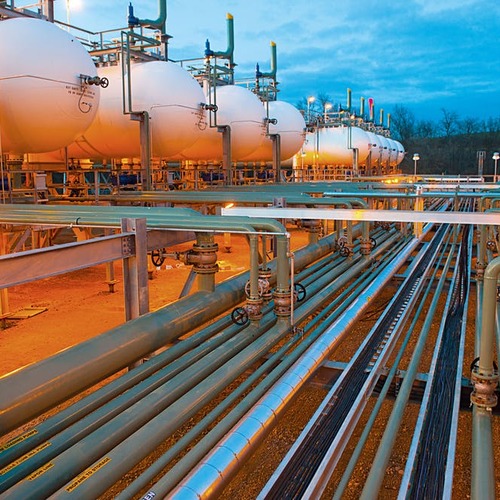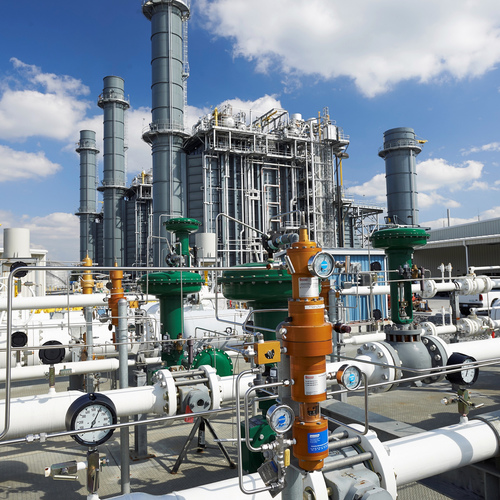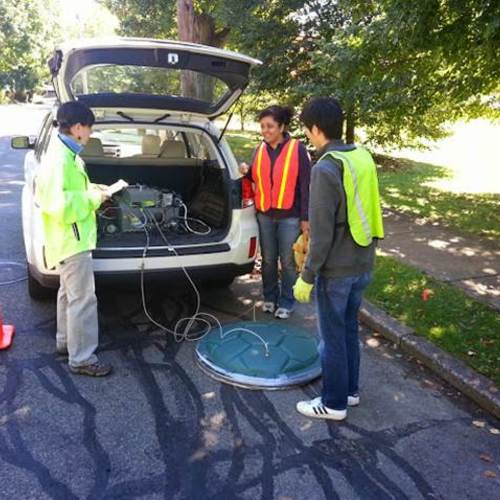
Leaky natural gas pipelines and production facilities pose safety and environmental hazards. A new study shows there are racial and economic implications to the problem as well.
The study, published earlier this month in the journal Environmental Science and Technology, finds that leaky natural gas lines are more common in neighborhoods where low-income and people of color live. Researchers concluded that the number of gas leaks increased by nearly 40% among communities of color when compared to mostly white neighborhoods. Leaks were roughly 25% lower in high-income neighborhoods when compared to average income neighborhoods.
The Environmental Defense Fund, an environmental advocacy group, Google Earth Outreach, and Colorado State University collaborated on the study. Test equipment mounted on Google Street View cars scouted for gas leaks by driving on streets in 13 U.S. metro areas between 2014 and 2017. Results were then compared to census data.
“Our combined analysis of all metro areas reveals a disturbing inequality,” the study says. “Leak density increases with both increasing percent people of color and decreasing income.”
Researchers also found statistical evidence that the number of natural gas leaks per mile (the “density” of leaks) increases with the age of housing. But even after allowing for housing age, researchers cited a “persistence of the concerning relationship” between leak density and the percentage of people of color in a given urban area.
“The results of our analyses suggest that the burdens associated with natural gas leaks resulting from degraded pipelines are not equally distributed across race or income and thus present an environmental injustice,” the authors of the report said.
Natural gas, most of which is methane, is used by some 48% of U.S. homes for heating, according to the study, and it remains a popular fuel for cooking. Methane that escapes from underground distribution pipelines poses a variety of problems. It can be an explosion hazard; the report cites the case of a 12-year-old girl who died in a 2018 gas explosion in a predominantly Hispanic neighborhood in Dallas. Methane also has between 27 and 30 times the global warming potential of carbon dioxide over a 100-year period, according to the Environmental Protection Agency.
Natural gas leaks are an industry-wide problem affecting everything from refineries to kitchen stoves. According to an article published by Bloomberg, nearly 8000 power plants, oil and gas companies and refineries report emissions to the EPA, but experts believe the figures substantially under-report leaks. Even companies that have invested diligently in leak prevention can be shocked when methane-detecting cameras show actual leaks many times greater than what had been calculated using an EPA equation.
In a California study published in January, researchers said that kitchen ranges leak significant amounts of methane even when they are turned off. That has the same climate impact as annual carbon dioxide emissions from 500,000 cars.
In the most recent study, some 4.5 million people lived in the neighborhoods that were scanned for methane. Cities represented both the east and west coasts as well as Chicago, Indianapolis, Pittsburgh, and Syracuse, NY. Leak densities varied considerably. In two metro areas—Indianapolis and Mesa, AZ—researchers found essentially no leaking gas lines (densities near zero) while in Boston and Staten Island, NY, leak densities were as high as 0.75 leaks per mile.
Leaks are a costly problem
According to the report, there were some 256 significant natural gas distribution incidents reported between 2010 and 2020 that could be attributed to corrosion or equipment failure or incorrect operation. These incidents resulted in 13 fatalities, 161 injuries requiring hospitalization and total economic losses of $1.7 billion.
“Though rare, the impact of a natural gas leak explosion is typically enormous,” the report notes, “and our analysis suggests that these impacts are more likely to occur in neighborhoods with lower income or higher percent people of color.”
Gas leaks also are an economic burden to consumers who pay for the lost gas through higher utility rates. The mercaptan added to natural gas can be a health or nuisance problem when the gas seeps out of pipelines.
Among the suggestions that researchers made:
- Utility companies could use leak surveillance and advanced leak detection to reduce the burden on the public for reporting problems.
- Utilities also could make gas line repairs and replacements a priority in areas where income is low, housing is older, and where there are proportionally more people of color (which the report calls “environmental justice” communities).
- Data on leak locations, repairs, and pipeline incidents should be available to the public.
In a written statement, Joseph von Fischer, a Colorado State professor and one of the study’s authors, said, “There are clear paths utility companies can take to address the issue. For example, they could conduct analyses of leaks on their systems and factor in demographic information when making decisions about infrastructure management.”
The Environmental Defense Fund said the Pipeline and Hazardous Materials Safety Administration, which oversees the operation of gas pipelines, is in the process of setting new standards. But the new rules are not yet complete.
Scott Gibson is a contributing writer at GBA and Fine Homebuilding magazine.
Weekly Newsletter
Get building science and energy efficiency advice, plus special offers, in your inbox.















3 Comments
People of color predominantly reside in dense urban areas and consequently occupy older housing stock. I'm shocked absolutely shocked.
From the article: “ Researchers also found statistical evidence that the number of natural gas leaks per mile (the “density” of leaks) increases with the age of housing. But even after allowing for housing age, researchers cited a “persistence of the concerning relationship” between leak density and the percentage of people of color in a given urban area.”
Have you ever had a dream or goal for life? A goal that could potentially change your life for the better. What if I told you that writing an essay on your goals was one of the best ways to accomplish them? For more information, you can use the https://writinguniverse.com/free-essay-examples/life-goals/ link. I certainly hope this will encourage you to seek greater knowledge not only in your current field but in other fields as well.
Log in or create an account to post a comment.
Sign up Log in